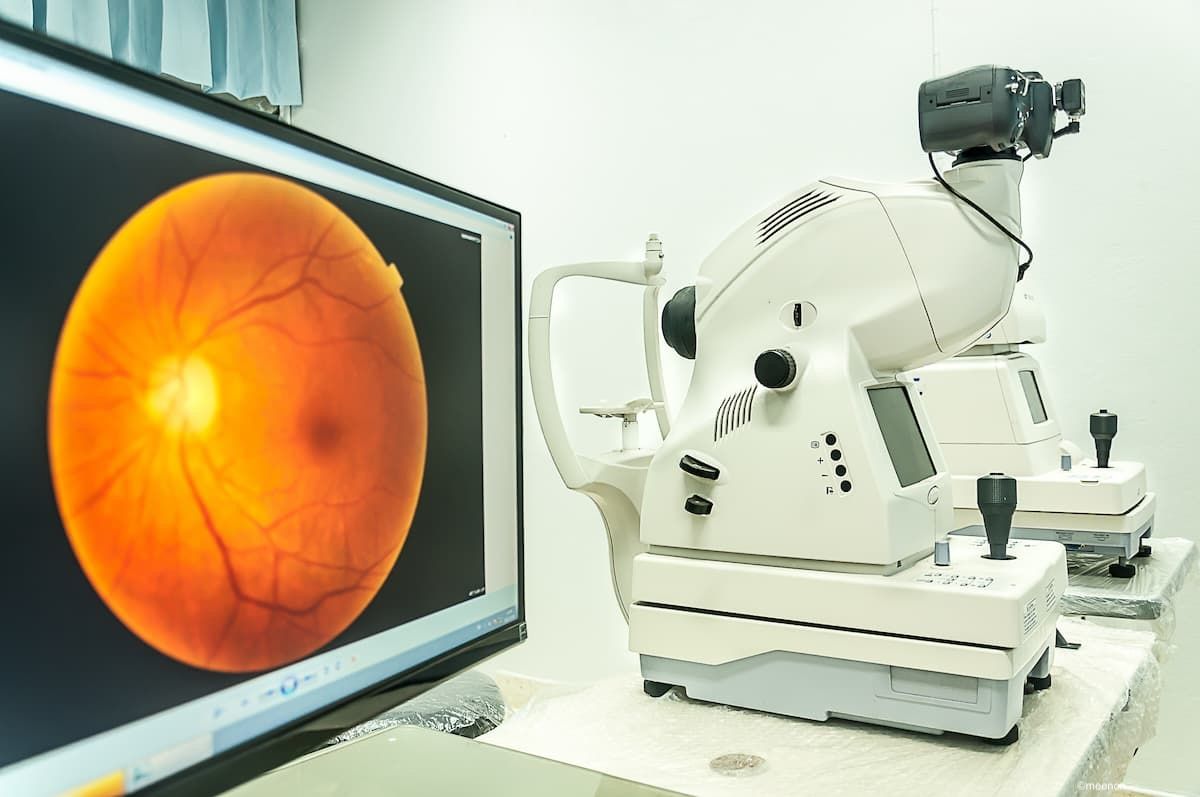Article
Research may lead to novel modalities
Understanding of the physiology of aqueous outflow resistance through the conventional outflow pathway should help to identify new therapeutic targets for IOP lowering and may lead to novel modalities for glaucoma therapy, according to one expert.
Tucson, AZ-Understanding of the physiology of aqueous outflow resistance through the conventional outflow pathway should help to identify new therapeutic targets for IOP lowering and may lead to novel modalities for glaucoma therapy, according to W. Daniel Stamer, PhD.

"Industry understands the importance and potential impact of compounds that target the conventional pathway, and several drugs are currently in development, although there are no daily medical treatments for reducing IOP via this mechanism," he added.
"Medications targeting conventional outflow should be complementary to and have additive IOP-lowering activity with existing ocular hypotensive agents, which act either by suppressing aqueous humor production or increasing outflow through the uveoscleral pathway," explained Dr. Stamer, who is also professor of pharmacology and physiology, University of Arizona.
"In addition, agents that facilitate conventional outflow may have a unique benefit of dampening IOP fluctuations, which can be especially harmful in glaucomatous eyes where the damaged optic nerve may be very sensitive to even small and transient changes in pressure," he said.
Dr. Stamer noted that almost 60 years ago, Grant observed there was greater resistance in the conventional outflow pathway in glaucomatous eyes compared with normal controls, providing evidence that conventional outflow pathway resistance was underlying the ocular hypertension in glaucoma. Grant also showed that surgical removal of trabecular tissue reduced the increased resistance present in glaucomatous eyes.
Pharmacologic management
"Of course, surgery is not optimal due to potential complications and management issues; thus, modulating resistance pharmacologically would be more desirable," Dr. Stamer said.
In studies conducted in his laboratory at the University of Arizona using perfused enucleated human eyes, Dr. Stamer and colleagues have shown that resistance across the trabecular meshwork can be both rapidly and significantly increased and decreased by pharmacologic manipulation with a prostaglandin EP4 agonist and sphingosine-1-phosphate, respectively.
However, this research in perfused eyes represents a static situation, whereas in vivo, IOP is dynamic, exhibiting diurnal variations and changing with a variety of daily activities.
In 2001, Brubaker introduced the idea that an outflow drug could be useful for dampening these IOP spikes in order to maintain a more stable IOP and theorized that in patients with elevated IOP, treatment with a drug enhancing outflow facility will likely result in faster recovery from the IOP elevation that occurs in early morning compared with an aqueous suppressant.

FYI
W. Daniel Stamer, PhDE-mail: dstamer@eyes.ariziona.edu
Dr. Stamer is a paid consultant or has received research support from the following companies: Allergan, American Health Assistance Foundation, Cytokinetics, and Pfizer. He also has a patent pending to develop a drug that targets part of the conventional outflow pathway.





